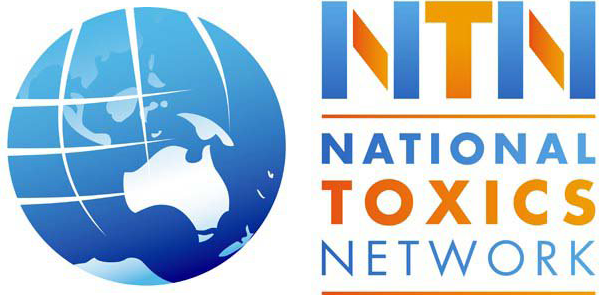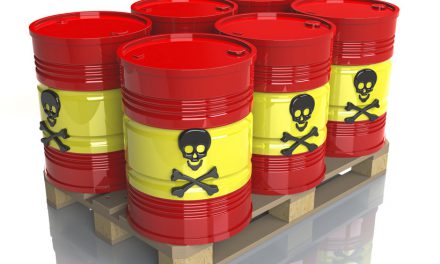‘Chemical body burden’ refers to the chemical residues humans and wildlife carry in their fats, blood, bone and breastmilk. The testing for or ‘biomonitoring’ of chemical body residues provides an effective and powerful tool to assess and reduce chemical exposure.
Very limited biomonitoring has been undertaken in Australia, yet even this has shown contamination of Australians including children with brominated flame retardants, perfluorochemicals, and dioxins.
Global biomonitoring of blood, breastmilk and urine is used to assess the extent of toxic exposure in people and wildlife, as well as measure management responses such as production bans and use restrictions.
An individual’s e chemical body burden can be made up of tens or even hundreds of individual chemicals. There is considerable debate regarding the levels of concern for individual contaminants and often it is argued that the levels are ‘too low to be of concern’.
The term ‘estimated critical body burden’ is sometimes used to assess an individual contaminant load. This term rests on the claim that a threshold level of exposure can be defined for every chemical, and no harm is caused when exposures fall below that threshold.
However, this approach ignores the combinations of chemicals contaminating humans, animals and the environment and their synergistic or additive interactions. This approach also ignores the timing of the exposure, so important for the developing foetus and the susceptibility of organisms to extremely low levels of endocrine disruptors.


